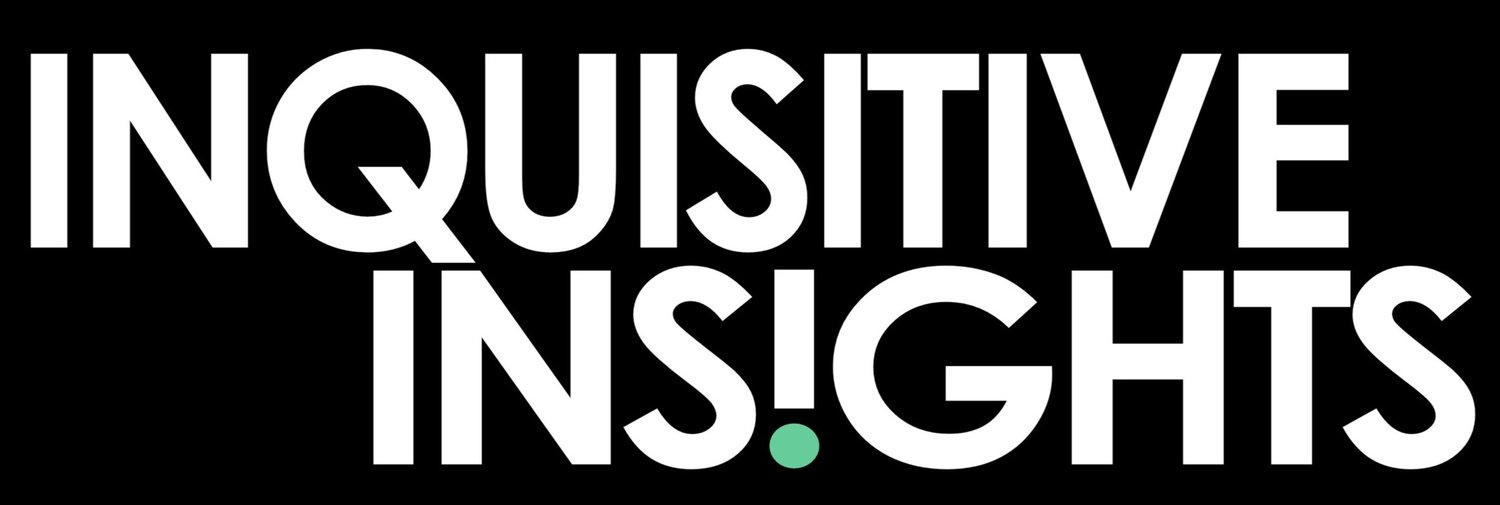From Interviews to Innovation: 5 Ways to Turn Qualitative Research Into Action
If you work in marketing or innovation, chances are you've seen it happen: your team commissions a research study, receives a thick report full of charts and quotes, and then…nothing really changes. The insights feel interesting, but they don’t seem actionable.
Sound familiar?
The truth is, most businesses aren’t short on data. What they’re missing is a clear process for turning qualitative consumer insights into ideas that fuel real innovation. Here's how to bridge that gap.
1. Start With the Right Kind of Research
Not all research is designed to spark innovation. If you want to inspire new product ideas, you need qualitative research that digs deep into consumer emotions, frustrations, workarounds, and unmet needs — not just surface-level opinions. This is why it’s so important to work with a partner with experience conducting innovation research.
Look for research approaches like:
In-depth interviews that reveal personal stories
Ethnographic studies that observe real behavior
Co-creation sessions where consumers help imagine new solutions
These methods give you the raw material for fresh thinking: the "why" behind behavior, not just the "what."
2. Spot the Friction Points
When reviewing qualitative insights, you’re not just looking for what consumers say they like. You want to find the moments where they express:
Frustration ("I hate when...")
Confusion ("I’m not sure how to...")
Workarounds ("What I usually do instead is...")
These friction points are goldmines for innovation. Every point of tension is a hidden opportunity to design a better solution.
3. Translate Emotions Into Design Criteria
Strong qualitative research captures emotions — and emotions are powerful innovation fuel.
It’s up to you to take that next step and translate those emotions into an actionable design prompt. For example, if the research showed that consumers feel overwhelmed, you can take that to your team and ask:
How might we create a product that makes consumers feel confident and in control?
Turning feelings into "how might we" questions helps your team move from insight to solution-focused thinking.
4. Prototype Quickly — and Shape Them With Consumer Voice
Once you have early product ideas, it’s tempting to move straight into development. Resist that urge.
Use the consumer language you heard during research to frame early concepts. Then, take these rough prototypes back to consumers for quick feedback. Let their reactions guide the next iteration — not just your internal opinions.
This keeps your innovation process anchored in real needs, not assumptions.
5. Make Insights Part of Everyday Conversations
Finally, don't treat qualitative research like a one-time event. Build a culture where consumer quotes, stories, and observations are part of every brainstorm, project kickoff, and review meeting.
When consumer voices stay top-of-mind, your team will naturally generate ideas that are more relevant, differentiated, and compelling.

